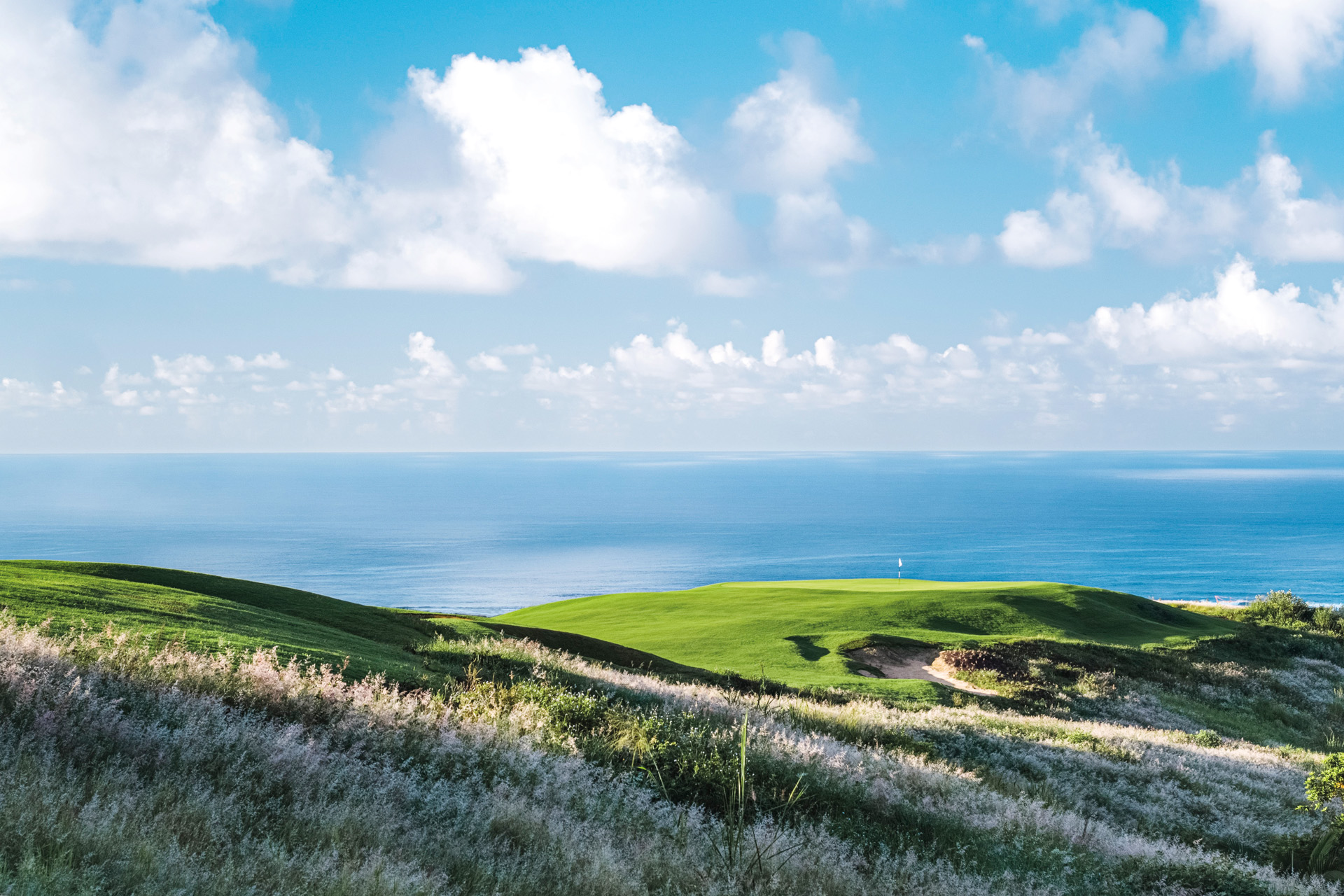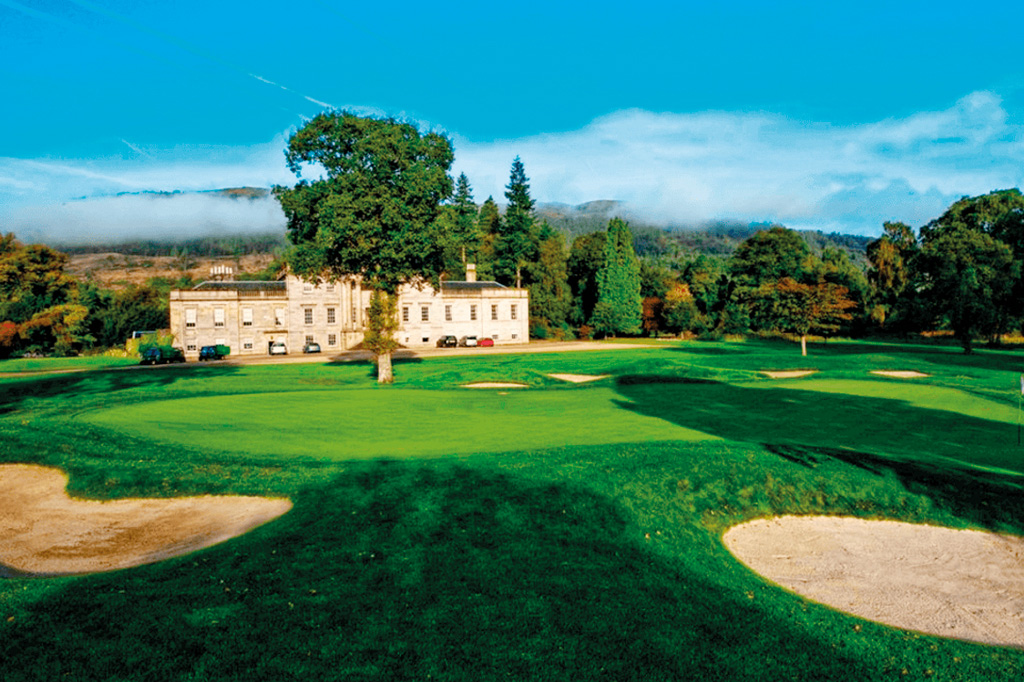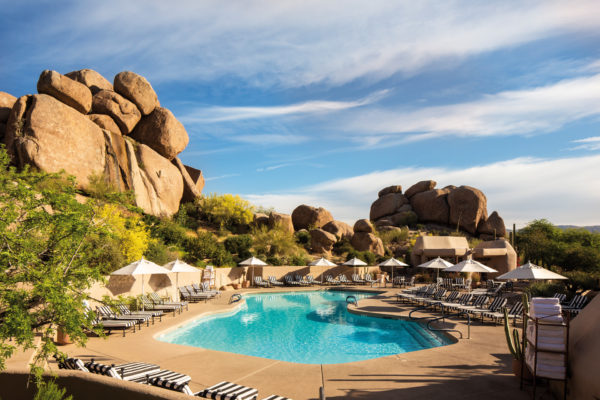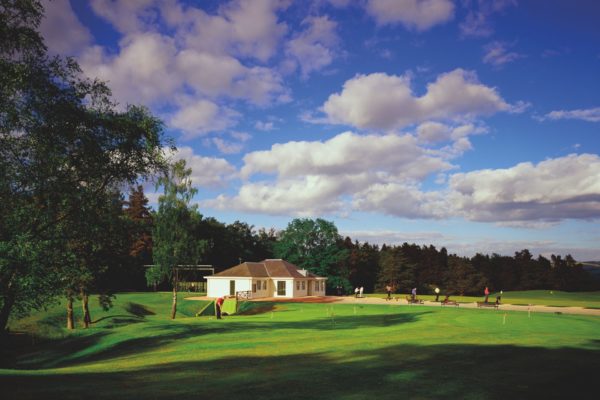Green On The Green: Can Golf Be More Sustainable?
By
1 year ago
Jeremy Taylor looks at how golf's post-pandemic boom is encouraging courses to look more closely at how they impact the environment

Golf is played on almost 40,000 courses around the world – an area roughly the size of Belgium. Correctly managed, these spaces can help support sustainable living without sacrificing on looks or performance.
From optimising water usage to improved biodiversity and tree preservation, reducing harmful pesticides to minimising mowing, experts have realised courses can do less damage. So how can you encourage your club to tee-off towards a greener, more sustainable future?
The GEO Foundation for Sustainable Golf is based in Scotland. Founded 16 years ago, the international, not-for-profit body was created to inspire, support and reward sustainable action in the sport. ‘The golf industry is in a new phase of activity, working collectively and credibly for the good of the planet. This commitment is especially important as we are in the UN’s Decade of Action – a time to accelerate sustainable solutions,’ a spokesman said.
Here are some of the key ways the sport can help the environment and prosper.
How To Make Golf More Sustainable

La Reserve (Jacob Sjoman)
Water Water Everywhere
Less frequent, monitored watering is one way all courses can help – and reduce bills. Using weather tracking, sprinkler timers and monitoring soil moisture should be part of the daily maintenance routine. Is there the option of using captured rainwater, or water from another natural source nearby? Effective irrigation also helps greenkeepers manage water usage more effectively.
Green Green Grass
More resilient turfs that need less watering and fewer pesticides are already being investigated. Companies are investing millions of pounds trying to develop grasses that are better suited to golf venues in different climate conditions, ultimately helping new and existing courses to reduce their impact.
One Man Went To Mow
Keeping the grass on greens and fairways short means daily mowing on many courses but it can have a negative impact on bees and birds, as well as other ecosystems that live in longer grass. Golf courses are being encouraged to leave areas of natural grassland to improve biodiversity, preserve habitats and reduce water usage.

Loch Lomond
Four Eco Golf Courses To Know
- LA RESERVE, Mauritius: Created on a large coastal hill, La Reserve was designed to allow the natural habitat re-establish. Much of the land was previously used as a sugarcane plantation – 100 acres have been returned to nature. heritagegolfclub.mu
- LOCH LOMOND, Scotland: Opened in 1993, Loch Lomond has hosted the Scottish Open and challenges even the best golfers. It has enabled the restoration of the Loch Lomond estate, ensuring the conservation of natural features. lochlomond.com
- WEST CLIFFS, Portugal: Less than an hour north of Lisbon, with the Atlantic visible from every hole, over 560 acres of this club on the Silver Coast is a natural landscape, with rolling sand dunes and coastal vegetation. westcliffs.com
- SUNNINGDALE, England: Founded in 1901 near Ascot, Sunningdale has undertaken a range of ecological projects, including heathland restoration, woodland management and woodpiles to encourage biodiversity and habitats. sunningdalegolfclub.co.uk





















